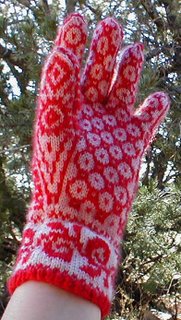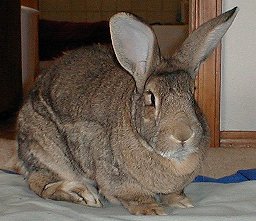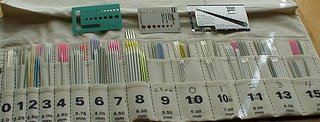
Here is a close-up of the thumb gusset for the current mittens. Unfortunately this is the best I can do as my scanner is giving up the ghost. This photo shows the M1 Right increase on the right side and the M1 Left increase on the left side. It should be an almost invisible increase.

HERE's a good post that includes videos on how to do the Make One Left (M1L) and Make One Right (M1R) Increases. I know it is confusing because some knitting instructions call the backwards loop increase (seen HERE - I only use this one for casting on for glove fingers) an M1 and I've even seen the "Knit into the Front and Back of a Stitch" increase called an M1 but the M1Left and M1 Right increases I do on either side of a thumb gusset are different.
Here are the directions from Vogue Knitting.
Make One: Version A (Right Leaning) Insert the left needle from back to front into the horizontal strand between the last stitch worked and the next stitch on the left needle. Knit this strand through the front loop to twist the stitch.
Make One: Version B (Left Leaning) Insert the left needle from front to back into the horizontal strand between the last stitch worked and the first stitch on the left needle. Knit this strand through the back loop to twist it.
To help me remember the difference between the two increases I differentiate the left and right increases by "easy" and "hard". For some reason it is easier to do the Make One Left increase and it is more difficult to work your needle into the twisted loop for the Make One Right increase. I remember which one is which by always doing the "hard" (right-leaning) M1 first on the side of a gusset and the "easy" (left-leaning) one second. Nancie Wiseman's finishing book says you'll know if you did one of these two increases wrong if you make a little hole.
For stranded colorwork mittens or gloves, I always make the increases in the same color yarn - usually whatever the color is used for the outline of the gusset in the pattern chart. For the right leaning M1 on the right side of the gusset, I do the increase on the horizontal strand BEFORE the first stitch of the gusset. For the left leaning M1 on the left side of the gusset I do the increase on the horizontal strand AFTER the last stitch of the gusset. Use stitch markers on your needles to determine exactly where the gusset stitches are located.


























